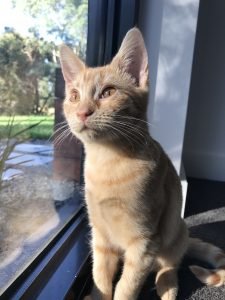Ever wondered why your pets eat houseplants? One school of thought is they do it to calm an upset stomach or process hairballs, like they do when eating grass or cat grass. Others consider it an attempt to remedy a nutritional issue, or relieve anxiety or stress. No matter the reason, it can be difficult to keep your houseplants away from a cat who can climb, jump, and is determined to chew. As a result it is important to find indoor plants not toxic to cats to create a safe environment for them. And it is on us to check the plants we bring into our homes. Today we are going to discuss the top 20 indoor plants safe for cats, as well as the most toxic house plants to avoid.
Indoor Plants Safe for Cats
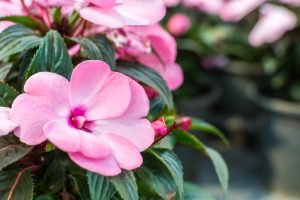
1: Impatiens
Impatiens are a popular gift plant, especially for Mother’s Day or Valentines Day. These adorable flowers come in a wider variety of colours and patterns and are pet safe indoor plants for your home. Simply keep them in sunlight and provide constant moisture to keep them thriving.
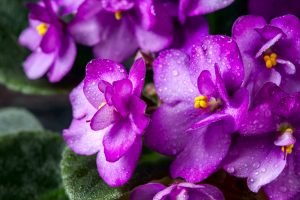
2: African Violet/Saintpaulia
African violets are one of the most popular flowering houseplants due to their ability to bloom in low light. They also have an affinity for the same environments as people; moderate temperatures and average humidity. They are also pet friendly indoor plants, making them the ideal indoor plants safe for cats. African violets prefer a soil free potting mix and a balanced fertiliser.

3: Baby Tears/Soleirolia soleirolii
The perfect character piece to any terrarium with its creeping mat of tiny green leaves, Baby Tears also look fantastic in small hanging baskets and as a companion plant for indoor trees. They are perfect for covering soil and discouraging your cat from digging in your houseplant.
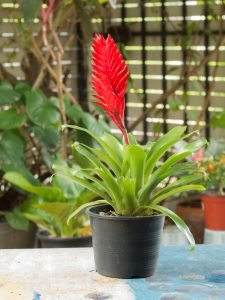
4: Bromeliad/Guzmania lingulata
This drought tolerant beauty is one of our favourite pet friendly house plants. Safe for cats, it looks stunning in all homes. The Bromeliad blooms gorgeous flowers and long leaves. It loves sunlight and can grow up to 20 inches tall, though you can get smaller varieties.
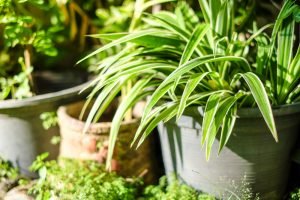
5: Spider Plant/Chlorophytum
One of the coolest, non toxic indoor plants, the Spider plant looks just as cool in homes today as it did back in the 70s. Also known as the ribbon plant or airplane plant, the spider plant is one of the best indoor plants for cats. It will tolerate a wide range of light, soil conditions and moisture, making it easy to grow and maintain.
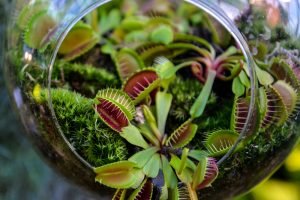
6: Venus Fly Trap/Dionaea muscipula
A childhood favourite and a stunning addition to indoor, outdoor and terrarium gardens, the Venus fly trap is one of the best indoor plants for cats. Fun, funky, and just a little creepy, the Venus fly trap is the perfect addition to your household. And while they do use a poisonous substance to trap and digest their prey, it remains one of the best a non poisonous indoor plants. While poisonous and deadly to bugs, the Venus fly trap is non-toxic for cats and a little nibble won’t hurt. Venus fly traps need bright light and distilled water to stay in perfect health.
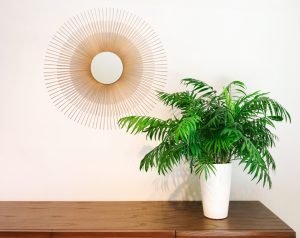
7: Parlor Palm/Chamaedorea elegans
Is a parlor palm cat safe? Yes! These stunning plants not only add a stunning accent to your home, they are also cat friendly. Know it by the name “Bamboo palm”? Good news! The bamboo palm is also safe for cats! Parlor Palms can grow to two feet tall and are described as miniature explosions of greenery. They are also a great compromise between a large bamboo palm and tiny spider plants for small apartments and spaces.
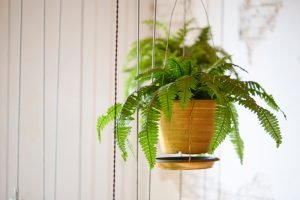
8: Boston Fern/Nephrolepis
This enduring household favourite has shaggy fronds that are tempting for cats to chew. However, these lush, non toxic indoor plants for cats are perfect for brightening up your home. They are ideal for pots or hanging baskets. They also love humidity and plenty of bright, indirect light.
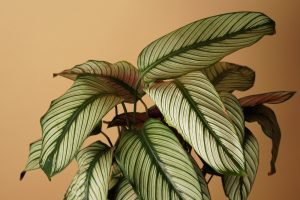
9: Calathea Zebra/Calathea zebrina
Calathea are one of the best indoor plant choices you can make. These non toxic house plants tick all the boxes. They are the perfect indoor plants safe for cats, air purifying, and have a stunningly unique look and feel. They are ideal for homes.
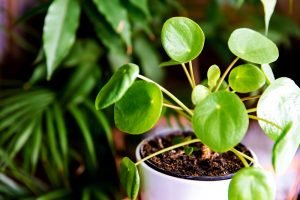
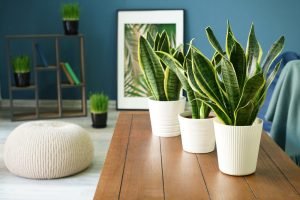
1: Snake Plants/Mother-in-Law’s Tongue/Sansevieria
Is a snake plant toxic to cats? Yes, absolutely! Although considered only “mildly toxic” it does contain saponins. These are natural chemicals produced by the plant to protect it from bests. This chemical causes gastrointestinal issues in cats, including nausea, diarrhea, and vomiting.
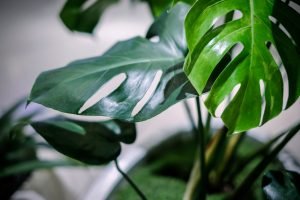
2: Philodendron/Cutleaf Philodendron/Swiss Cheese Plant
This is one of the most popular plants of the moment and one of the most Instagrammed of the household plants. You will see it in all the trendy social media ads and photos. But they are incredibly toxic to cats. It causes oral irritation and pain. It also causes swelling of the mouth, tongue and lips, excessive drooling and difficulty swallowing.
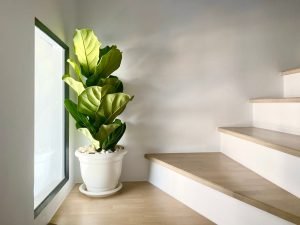
3: Fiddle Leaf Fig/Weeping Fig/Indian Rubber Plant
Is the Fiddle Leaf Fig toxic to cats? Yes, yes, yes! While an incredibly trendy houseplant, the Fiddle Leaf is incredibly toxic to cats. While incredibly trendy, we recommend getting an American Rubber Plant instead as the Fiddle Leaf will cause oral irritation, excessive drooling and vomiting if your cat nibbles on it.
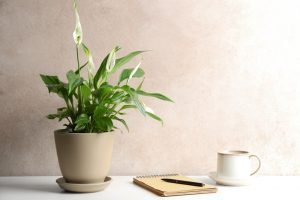
4: Lilies/Peace Lily/Calla Lily/Easter Lily/Tiger Lily/Day Lily/Japanese Lily/Stargazer Lily
Almost all lily varieties are toxic to your cat. They are among the most poisonous indoor plants for cat with even just a whiff of pollen from some varieties resulting in fatalities.
While Peace and Calla lilies aren’t as deadly, they can cause moderate to severe drooling and severe poisoning symptoms in your pets. These symptoms include drooling, vomiting, pawing at mouth, trouble swallowing, mouth irritation and lack of appetite.
Easter, Tiger, Day, Japanese and Stargazer lilies are the worst varieties to have in your home. A nibble on these plants can cause kidney failure. Signs of poisoning include vomiting, loss of appetite, excessive drooling, lethargy, dehydration, excessive or decreased thirst and urination, kidney failure and abdominal pain. Do NOT have lilies in your home or garden if you have animals.
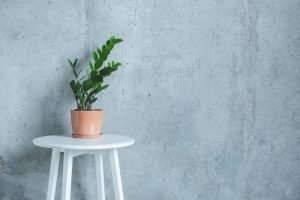
5: ZZ Plant/Zamioculcas Zamifolia
This tough as nails plant is favoured by novice plant owners as an easy to grow plant. It can survive anywhere, even with extremely low light. However, this plant is one of the most poisonous plants as all parts of it are toxic to cats and human. Also known as the Zanzibar Gem, this plant should not be kept around cats.
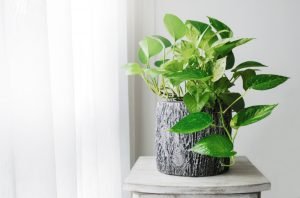
6: Golden Pothos/Epipremnum aureum
Another popular social media plant, the golden pathos is a pretty little vine that can be grown indoors. Also known as the Devil’s Ivy, Taro Ivy and Ivy Arum, they are easy to grow and stylish and dramatic for apartments. It is, however, extremely toxic to cats. The leaves and stem contain calcium oxalate crystals that are toxic and can penetrate the soft tissue in the mouth, throat and stomach. Golden pathos is dangerous for cats.
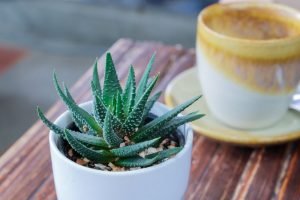
Aloe is another highly popular social media plant. Not only are they good looking but they feature in a lot of health food and health food posts. It is also perfect for soothing a burn as we have all experienced. However, aloe is another of our toxic indoor plants. If ingested it can cause vomiting, depression, tremors and diarrhea.
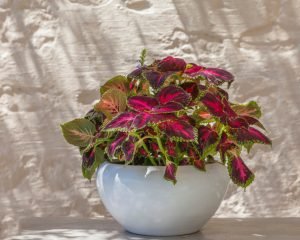
8: Begonias
A favourite for those with dark apartments, Begonias tolerate low light and come in a variety o leave colours and shapes. However, as beautiful as they are, Begonias are toxic to cats and dogs.
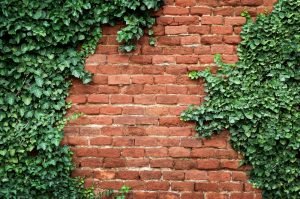
9: Branching Ivy/English Ivy
This low maintenance houseplant is the one you usually see climbing the side of old villages and those adorable cottagecore pictures on Instagram. Due to their air purification properties, many people also cultivate it inside as well. But you should think twice about growing it anywhere if you have a pet as it is toxic to both cats and dogs.
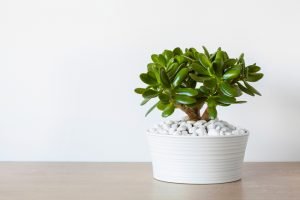
Jade plants are one of the most recognisable succulents. You can find them in almost any home and any store that sells houseplants. They are easy to care for and deal well with neglect. But they are not so great if you want to grow them with pets as they are also toxic to cats and dogs.
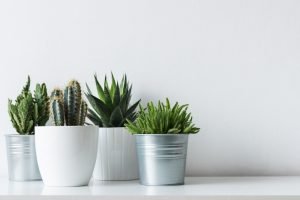
Obviously we know that the spines of cacti are painful to all animals, ourselves included. This is part and parcel of the cacti’s defense mechanism. But these spines are so much more dangerous than just a warning prick. When a cat consumes a cactus or part of one it causes immediate swelling in the mouth via either the spines of the chemicals in succulents that cause a swelling of the glands. In the long term this can cause damage to internal and critical organs including liver, heart, lungs and kidneys. Body injuries from the spines of cacti can cause infections as well.
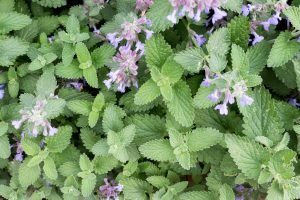
12: Catnip/Nepeta cataria
When making a list of poisonous house plants we never expected to add catnip to the mix. But here we are! While catnip, like the kind you buy in pet stores, isn’t generally toxic to cats, too much of the fresh plant is. It can overstimulate their nervous system to the point your cat might injure himself. If your cat does nibble on some fresh cat nip, immediately remove the plant from their mouth and wash their mouth out. It can also cause diarrhea and vomiting as well as over-sedation.

Healthy Indoor Plants Safe for Cats
Cat grass is a great option to have around your home and one of the best indoor plants safe for cats. You may have seen small grassy containers in per stores and wonder why they’re needed. As we’ve established, chewing vegetation is an extremely common behaviour and can aid digestion. They especially like to eat grass which has lead to the cultivation of cat grass.
Typically grown from rye, barely, oat, wheat or alfalfa seeds, it looks a lot like grass from your lawn but it contains antioxidants, chlorophyll, vitamins, minerals and other nutrients that promote cat health, plus fibre to support digestion.
It is easy to grow, even from seeds, as long as you provide water and sunlight. Growing from seeds takes about a week and provides your cat with a garden safe for healthy nibbling. This is great for cats that live indoors or in apartments where they might not have access to safe gardens.
Don’t give your cat constant access, however, if they are constantly vomiting. They could be overeating their grass. If vomiting continues, other digestive issues are at play and you should visit a vet. If you have houseplants, only provide occasional access as well so you don’t encourage your cat to try nibbling other plants.



